Confluence Blog: Traces
Ivan and Heather Morison, I lost her near Fantasy Island. Life will not be the same…, 2006 Courtesy the artists and Situations
Early morning on Friday 14 July 2006, a jack-knifed lorry shed its load of 25,000 flowers onto the harbourside in Bristol. As the day wore on, passers-by began taking the flowers, until they were dispersed across the city. Heather and Ivan Morison’s I lost her near Fantasy Island. Life will not be the same… was an “un-announced and unexplained” commission by Situations for British Art Show 6. A one-day intervention into public space.
That image has always stayed with me. A momentary act that left a lasting impression – not because of a plaque or a programme note, but because it lived on in people’s memories. A trace, scattered.
This blog is a reflection on what remains. As artists and producers, we often work in the ephemeral, but we’re also, whether we mean to or not, leaving traces. Through Confluence, we’ve been thinking about what these traces are, who they belong to, and how they might shape the story of the city.
Confluence, by definition, suggests a coming together. Streams of history, identity, and imagination. It’s a project shaped by the present but rooted in what came before, and what might follow. As we walk through Bristol, there are traces everywhere of its residents’ creativity. Statues, sculptures, graffiti. Things etched into stone and wood or painted on walls. Layers and layers of history, each with a story to tell.
In a recent blog about one of the Confluence artworks, we reflected on how our role as producers of live performance is usually bound to ephemerality. Something appears for a moment in a place, and then it’s gone – living on only in the memories of those who experienced it. That’s what makes live performance so magical: it exists in a specific political and social moment, drawing on whatever is happening around it in explicit or implicit ways. And you, as an audience member, complete the experience. We’re together for a short time in a room, or a street, or a cab, experiencing something – and then we move on with our lives.
Bristol is a city that rarely sits still. And the work we’re creating with this incredible group of artists is, in many ways, an act of tracing – of history, memory, experience. Traces of things left behind, physically or in memory.
The words of people who work in The Galleries, captured by Verity Standen and transformed into song. Memories of teenage romance explored by Travis Alabanza. The stories of Bristol cabbies, shared by Dhaqan Collective. Reflections on belonging and rootlessness in Howl Yuan’s Impossible Homecoming. Each of these artists is crystallising something. An experience, a fragment, a pathway through a changing city.
The work isn’t static. It’s flowing. And we’re invited to meet it where it is. To notice the connections, to run our fingers across the map, to place ourselves within the stories of the people who call Bristol home.
And of course, as we near the end of this phase of the project, we are also thinking about legacy. Legacy and impact. What do we leave behind when we create something and put it out into the world? Who might benefit from it in the future? What enjoyment, learning, or insight might it offer to those who come later?
We often hear about legacy in the arts as something to be measured, reported, justified. But perhaps there are other kinds of legacy, softer, stranger, more scattered. Perhaps legacy can be a trace, a glimmer, a story half-remembered.
When we first embarked on this journey, we talked a lot about albums. About Bristol’s rich musical history, and imagined each artist contributing a “track.” Over time, the metaphor started to get in the way. We realised that maybe we weren’t making an album. We were making a record. A snapshot. A document of a city in flux.
Some of the things created through Confluence may leave longer-lasting traces than others. Some were always meant to burn brightly for a moment and then disappear. Is this an “art project as time capsule”? Not quite. It feels more dynamic than that. But we like the idea that someone might look back at what was created – either the work itself or its documentation – and sense what preoccupied this city in the mid-2020s. Stories we might not otherwise have heard. Traces we scattered, hoping they might one day be found.
– Matthew Austin

